Cupcakes, cakes, pound cakes, cookies– they all seem simple enough and people often wonder why in the world their easiest of easy recipes was a failure. Well, baking is a science and more often than not, recipe writers assume you know what a professional baker might do as second nature.
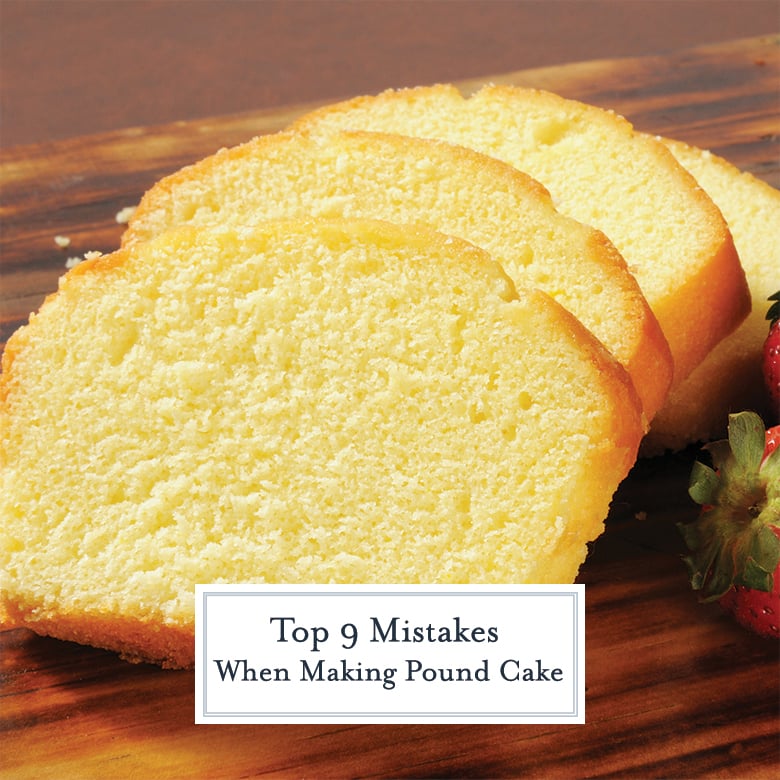
I read an article in Southern Living magazine a while back that had some excellent tips on making the perfect, moist pound cake, no matter the recipe. I’m going to share these tips with you, along with my own two cents to ensure you have a super decedent pound cake with the perfect crumb.
Pound Cake Recipes
But first, a little pound cake history. Pound cakes, as a rule, are a little heavy. If you want a light, moist crumb, this isn’t your go-to cake. But when you need a comforting buttery dessert, they hit the spot.
They got their name because the original ingredient list was simple. One pound of butter, one pound of sugar and one pound of flour with a few eggs. Hence, pound cake. You never need to write it down!
But with no leaveners or other flavors, this also meant they were heavy and needed to be accompanied by sauce or fresh fruit. Since, many variations of pound cake have emerged.
ONE. Measure Correctly
I know what you are thinking. I’m not an idiot, I know how to measure… Im not implying that you are, however most people didn’t learn how to properly measure in the first place.
For dry items, spoon it into the measuring cup or spoon, do not dip the cup in to scoop it, then level with a flat edge. Do not do this over your mixing bowl or all the extras will just fall into the batter. This results in more volume when packed and can impact the moisture of your bake.
For wet ingredients, pour and measure at eye level. Yes, like bend down and look at it head on instead of at an angle and above. If you do the latter, you’ll end up with more than the recipe calls for.
This is why most baking recipes in Europe and professional bakeries use weight measurements instead of amount. It reduces the chance for error.
TWO. Sugar
There are three main types of sugar: granulated, castor and powdered sugar. The general rule when something calls for sugar is that it is granulated.
However, store brands are often more finely ground that name brands, which yields more per cup. Too much sugar can cause a cake to fall.
THREE. Butter
Look at the quality of butter you are using. I highly recommend baking with unsalted butter (salt dries things out) and also with a grade A butter. Some off brands or cheaper butters contain more water or liquid fats, so they won’t bake the same.
Make sure you beat the butter really well- like from 1-7 minutes, not just until it loses resemblance of a stick. This whips air into the batter so the cake will rise when baking. All those little pockets that create a nice crumb are air filled. If there is no air, there are also no pockets.
FOUR. Room Temperature Ingredients
Not just the butter, which should be softened to room temperature, not microwaved and melted, ALL of the ingredients. Adding a cold ingredient to an otherwise room temp batter will bring down the overall temperature.
Likewise, putting cold batter into the same degree oven as a room temperature batter will require different cooking times.
FIVE. Do Not Overmix
I know. I just told you to beat the butter for a long time, but that is all. After you start adding the eggs, only mix until incorporated. Over beating eggs and dry ingredients can bring in too much air, which can cause dryness.
It also activates gluten, which impacts the texture of the cake. Too much mixing will make it tough and rubbery.
SIX. Cake Pan
Use the pan the recipe calls for or know that if you pick something different, it might not turn out correctly or need different cooking time.
Batters meant for a fluted bundt pan might be too large for a tube pan and certainly for a loaf pan, which is thicker, but shallow.
Even if the diameter is the same (10 inches) the sides of the pan might be lower or higher. They can hold 12, 14 or 16 cups of batter.
Also know that the more intricate the bake pan, the higher probability of uneven cooking. Small little crests and peaks will cook faster and tend to get dry and brittle compared to pans with rounded edges. I happen to like the crispy crunchies, I am not complaining.
SEVEN. Grease Your Pans
I am totally guilty of this one- using cooking spray- DON’T! Remember back before cooking spray was even a thing? You got out a paper towel and greased the pan with shortening and then dusted with flour. Use a pastry brush to get into the tight spots.
For chocolate cakes, you can dust with a mixture of flour and cocoa powder.
EIGHT. Oven Temperature
Preheat your oven to 15 degrees higher than what the recipe calls for and then reduce it to the correct temperature when you put the cake in. Ovens lose an immense amount of heat for every second the door is open. This helps to offset that drop.
Also cook in the center of the oven, which is presumably the hottest part.
Buy and use a separate thermometer if you are worried about your oven not holding the correct temperature.
Do not open the oven while baking. Turn on the light and judge that way. Until you do need to open it for a toothpick test. Otherwise, you are lowering the temperature drastically each time you open. This can cause a cake to fall.
NINE. Cooling
Allow your cake to cool in the pan on a cooling rack for 10-15 minutes. Doing this allows cool air to circulate around the whole pan instead of just the top.
You’ll want to invert and dump it out while it is still warm (not super hot). It has the best tendency to release when still pliable.
When upside down, give it a few taps with a wooden spoon to loosen the edges before removing the pan.
Then let it cool complete on a cooling rack before dusting with powdered sugar, icing or serving with fruit.
Pound Cake Hacks
Pound cakes are kind of ugly- you’ll need to dress it up to make it pretty. Here are my tops ways to do this.
- Simple Syrups– When the cake comes out or after it cools, baste it with a flavored simple syrup. It helps it to stay moist or loosen up a dry cake, but also adds flavor.
- Fresh Fruit– You can’t go wrong with a pile of fresh berries or stone fruit draped over a cake whether it be whole or sliced.
- Sauces– fruit sauce and also dessert sauces like caramel, sweetened milk caramel, fudge sauce or praline are all good choices. Jams and preserves can also be used.
- Powdered sugar– some cakes just need a light dusting of powdered sugar. To do this like the pros, spoon powdered sugar into a small mesh sieve, then tap a spoon to the side about 1 foot above the cake. Continue until evenly dusted.
- Whipped Cream– no one in the history of ever has said no to homemade whipped cream.
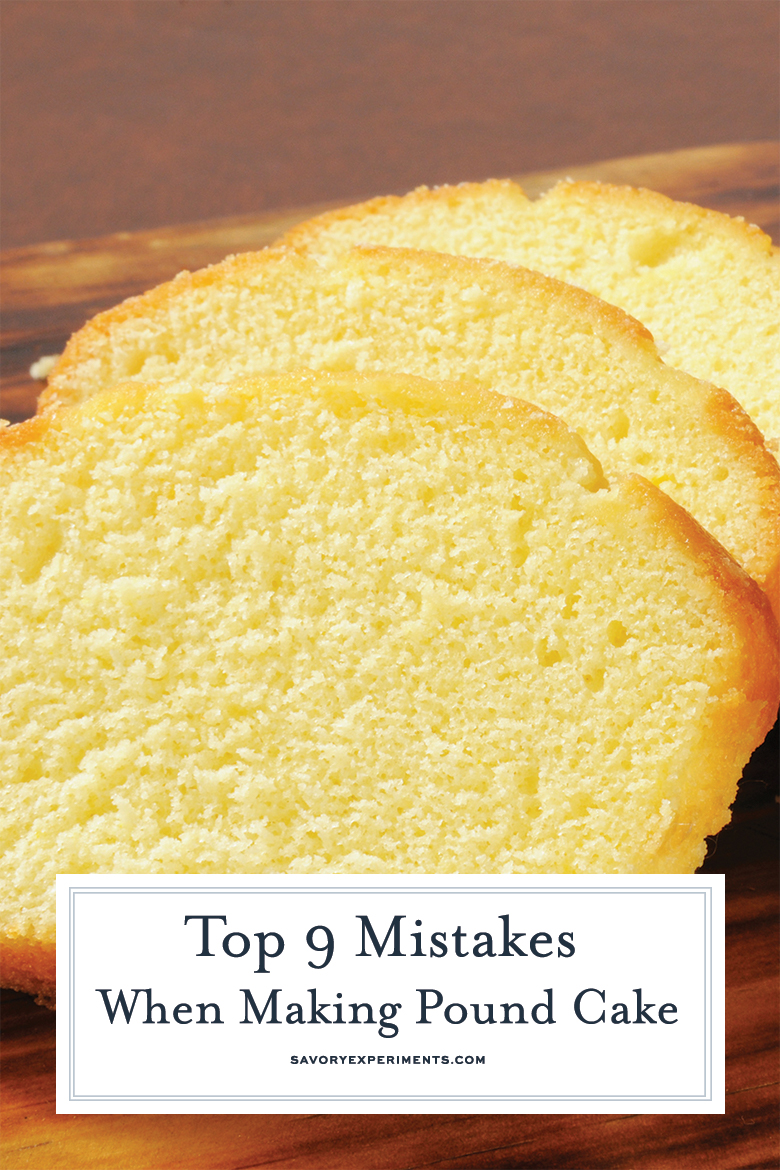
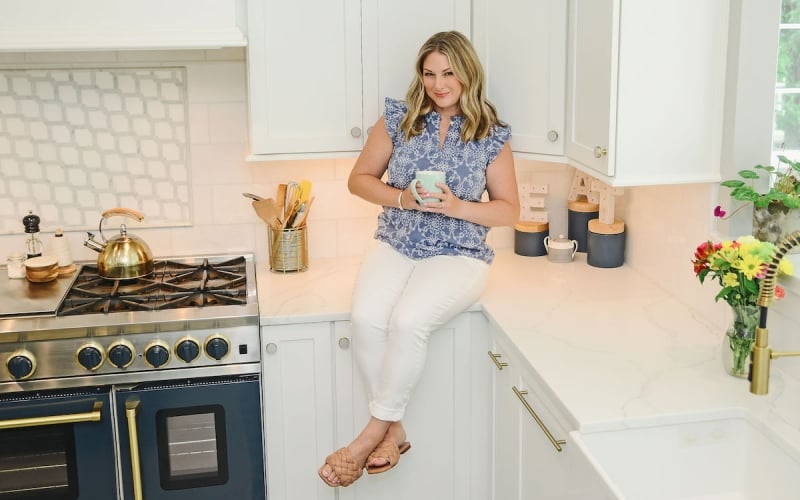
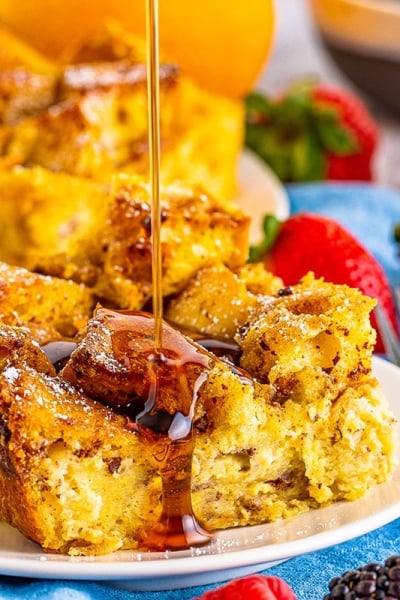
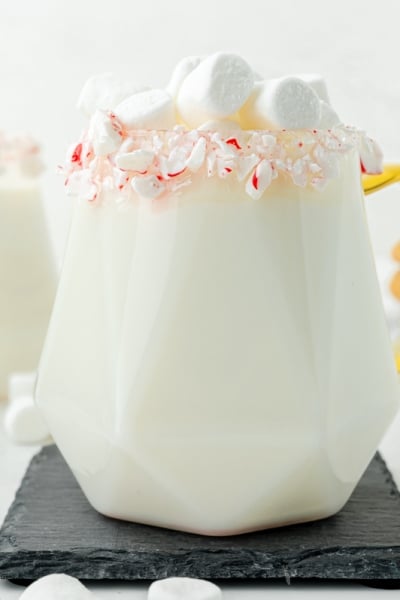
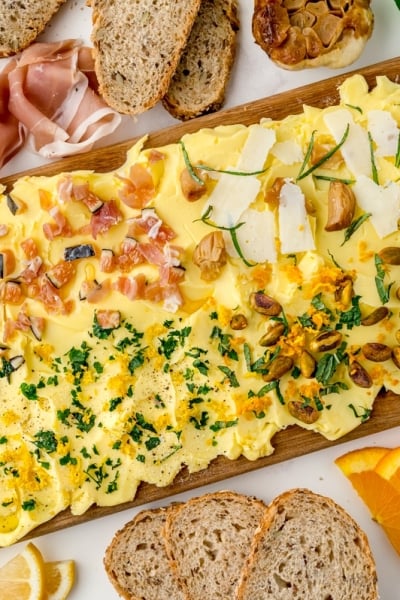
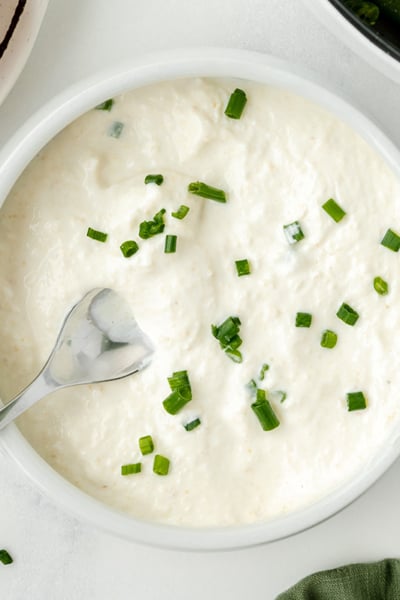













I have been making pound cakes for years and here lately mind have beenhaving the crust cone off around the edge ,i do not open the door while the cake is cooking i thought i was doing every thing the same.
Interesting- has the humidity in your area changed at all? Or the temperature of your ingredients?
Jessica, my cake always fall in the center it is thoroughly cooked but for some reason it falls in the center. Please tell me what I am doing wrong.
It might be cooling down too quick- have you tried leaving it in the oven, but turning it off and cracking the door?
Thanks so much for the tips! last two pound cakes fell, soggy in middle and very brown outside. I over beat, I open stove door and etc.
My pound cake was dense in the middle and not sure. I noticed that the butter was a different texture when I put all of it in the cake pan.
Hmm… what can you send me the recipe you were using and I’ll take a look?
Thanks so much on pound cake mistakes. I am frustrated as to why the top crust crumbles and the cake is lopsided. I bake it at 325. It did not use to be that way. I use cake flour and salted butter and 7-up is the liquid.
Hi! Have you tried rotating the cake? I’m wondering if you have any cold spots in the oven.
I appreciate your article on Pound Cakes. I made one yesterday and it fell slightly in the middle and was too wet (all over).
Now I know why it fell : I opened the oven to many times while it was baking.
But, I still don’t know why it was so wet throughout???
It was a beautiful cake (except for the center on top), had a wonderful taste and the texture was perfect!
Can you help me with the wetness?
Hmmm- can you send me the recipe? It might just not be enough cook time or not enough dry:wet ingredients ratio? savoryexperiments@gmail.com
I found the tips very useful. Thank you for sharing.
And thank you. Happy holidays!
Thanks! I think I overmix my batter. I kept thinking longer and smoother was better, but now I see it just dries it out.